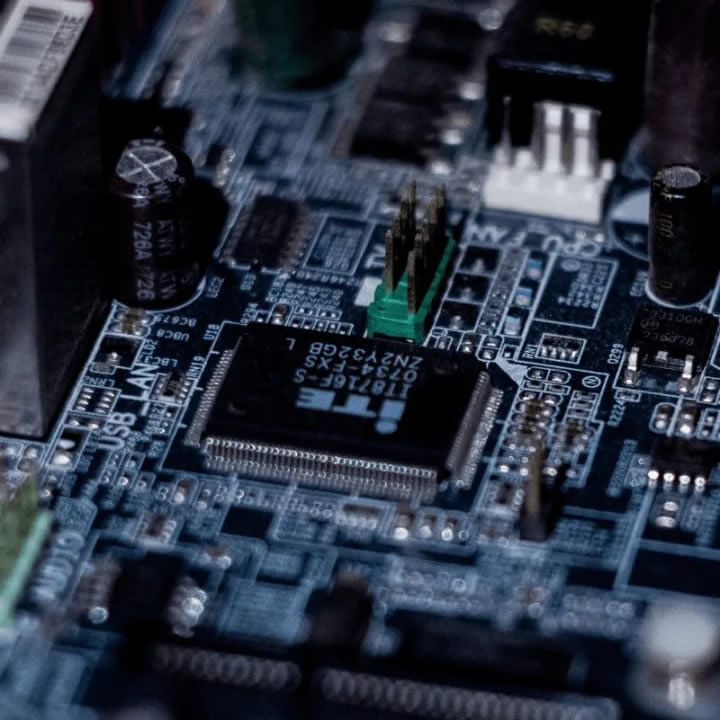Testing is an important part of any custom electronic design. It is a process that helps to identify and address potential design flaws before they become costly problems. Proper testing helps to ensure that the end product is reliable, efficient, and safe.
Testing also helps to identify any problems early in the design process and reduces the risk of costly rework due to errors. By performing proper testing, a custom electronic design can be improved, resulting in better products and increased customer satisfaction.
Why It’s Crucial to Test Your Custom Electronic Design Before Deployment
Deployment of a custom electronic design can be a costly endeavor, and it is therefore essential to test the design prior to deployment in order to ensure it is functioning properly.
Testing can be performed in a variety of ways, depending on the type of design and its intended purpose. For example, a design for a medical device may need to be tested to ensure that it meets all relevant safety and regulatory standards.
There are several reasons for testing :
Rectifying Errors: Testing is the only way to detect any errors or issues that may exist within the design, allowing them to be corrected before deployment. This can potentially save a great deal of money, as it eliminates the need to troubleshoot and resolve the issue post-deployment.
Functional Testing: Functional testing helps to verify that the design is able to perform its intended functions as expected. Further tests may be necessary to ensure that the design is robust and reliable and that it is able to withstand any environmental conditions it may be exposed to.
Electromagnetic Interference:
In addition to functional and environmental testing, testing may also be required to examine the effects of electromagnetic interference (EMI) on the design. This is especially important for designs intended for use in areas such as industrial settings, where EMI is a common problem.
It is also important to consider the effect of temperature on the design, as this can have an impact on its performance and reliability.
Testing a custom electronic design is a critical step before deployment, as it can help identify and address any issues or errors that may exist. Testing can also help ensure that the design meets all applicable safety and regulatory standards, as well as provide assurance that it is able to perform its intended functions as expected.
Custom Electronic Services: The Key to Successful Custom Electronic Design and Manufacture
Custom Electronics Services play a vital role in the development of custom electronics designs. These services offer specialized expertise and resources to help companies and individuals design, develop, and manufacture custom electronics.
Custom electronic services provide support in all stages of the design process, including prototyping, testing, and manufacturing.
They also offer specialized testing services such as functional, environmental, EMI, and temperature testing to ensure that the design meets all applicable standards and regulations.
Custom electronics services provide a unique opportunity to create custom electronic designs that are reliable, efficient, and safe. By utilizing these services, companies, and individuals can achieve their desired outcomes and bring their products to market with confidence.
How to Ensure Quality Testing for Custom Electronic Designs?
Ensuring quality testing of custom electronic designs is essential for ensuring the functionality and reliability of the products. Quality testing incorporates both functional and non-functional testing to ensure that the product meets all design requirements and performs to its specifications. Here are some tips for ensuring quality testing for custom electronic designs:
1. Develop Test Plans: Developing comprehensive test plans is a key step for ensuring quality testing for custom electronic designs.
Test plans should document all the test cases and scenarios to be tested, including details such as the test equipment, test environment, and expected results. This helps to ensure that all the necessary tests are performed and that the results are properly documented.
2. Perform Functional Testing: Functional testing should be performed to ensure that the design meets its functional requirements. This should include tests to ensure that all features, functions, and performance parameters are working as expected.
This should also include tests to ensure that the design is robust and can handle expected inputs and conditions.
3. Perform Non-Functional Testing: Non-functional testing should also be performed to ensure that the design meets its non-functional requirements. This should include tests to ensure that the design is safe, reliable, and secure.
It should also include tests to ensure that the design meets compliance requirements such as EMC and safety standards.
4. Validate the Design: The final step for ensuring quality testing for custom electronic designs is to validate the design. This should include tests to ensure that the design is able to meet its performance requirements in the target environment.
This should also include tests to ensure that the design is able to handle expected inputs and conditions.
By following these tips, you can ensure that quality testing is performed for custom electronic designs, helping to ensure that the design meets all of its requirements and performs as expected.
Conclusion
In conclusion, proper testing in custom electronic design is essential to ensure the quality, reliability, and performance of the product. Testing helps to identify any issues early on, which can save time and money.
Testing also provides feedback on how the design is performing and is a critical step in the product development process. Testing is a key factor in the success of any custom electronic design and should not be overlooked.
Arshon Technology is a company that provides custom electronic design services, including specialized testing services like functional, environmental, EMI, and temperature testing.
By utilizing these services, companies, and individuals can create custom electronic designs with confidence, knowing that they meet all requirements and perform as expected. To ensure quality testing, it is important to develop comprehensive test plans, perform functional and non-functional testing, and validate the design.

